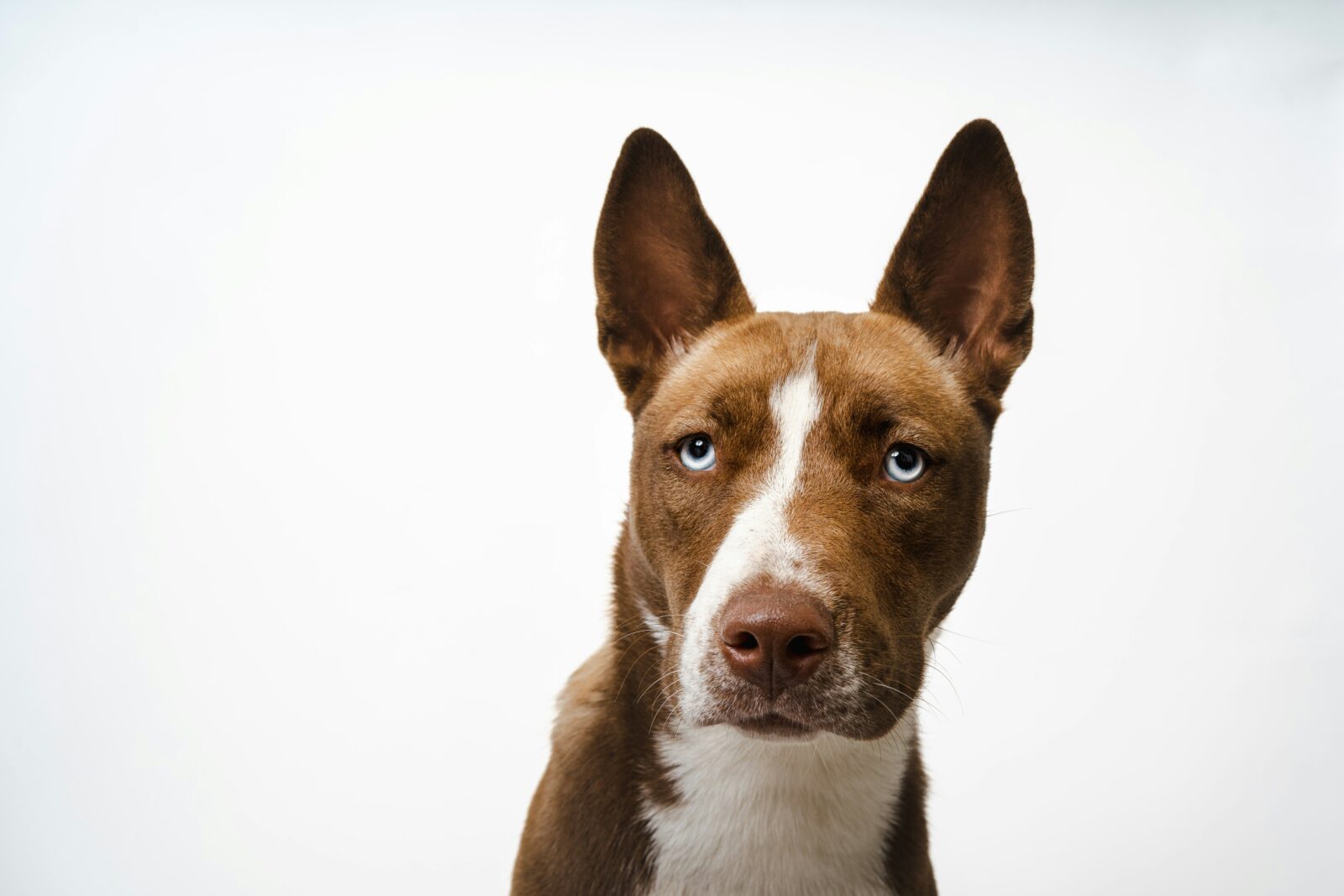How Long Does a Dog Stay in Heat?

How Long Does a Dog Stay in Heat?
Have you ever wondered what it means when your dog is in heat? The medical term is “estrus,” but most people call it “heat.” It’s the time when a female dog’s body is signalling that it’s ready to mate. So, how long does a dog stay in heat? The average heat cycle lasts about two weeks. But it can be as short as one week or as long as three. During estrus, the dog’s vulva will swell, and she may have a bloody discharge. She’ll stand still when you try to lift her tail, and her urine will contain a pheromone that essentially calls for male dogs to come to mate with her. Estrus usually occurs twice a year, but it can happen more often. Some dogs go into heat every four months, while others may have only one heat cycle yearly. Small breeds are likely to have more frequent cycles than large breeds.
How to Figure Out If Your Dog is in Heat
The first thing you’ll notice is a change in her vulva. It’ll swell and may appear reddish. You might see some bloody discharge, although not all dogs have it. The discharge will gradually become less bloody over the course of the heat cycle.
Your dog may also seem restless and may urinate more often. This is because she’s leaving her scent everywhere to let males know she’s available.
Lifting her tail will reveal a swollen, red vagina. You might also notice your dog licking her genital area more frequently.
If you suspect your dog is in heat, confirm it with a visit to the vet. They’ll do a physical examination and will most likely recommend blood tests or an x-ray to check for ovarian cysts.
What to Do When Your Dog is in Heat
If you intend to breed your dog, it’s within this period that you’ll need to take her to the male dog for mating. But just to be sure, you should take her to a veterinarian, the purpose of which is for a pre-breeding examination to be performed. At this point, the vet will have ovulation confirmed and timed.
But what if there’s no plan to breed? Well, you still must err to the side of caution, more so during the heat cycle. The reason is that her instincts will make her prone to go outside, which means the possibility of her running away, getting into fights with other dogs, or getting hit by a car.
Keep your dog leashed and close during walks and outings to be on the safe side. If you have a backyard, keeping her inside the house makes sense. During this time, neutering or spaying is often recommended to avoid unwanted pregnancy.
The Rationale of Spaying
Vets often recommend spaying or neutering your female dog during her heat cycle. The logic behind it is to avoid any unwanted pregnancy. But there’s more to it than that. For one, dogs that have been spayed have a lower risk of developing mammary cancer.
There’s also the matter of convenience. If you don’t have plans to breed your dog, then there’s no need for her to go through the heat cycle every six months orust have her spayed and be done with it.
Of course, the decision to spay or neuter your dog is ultimately up to you. But if you’re unsure what to do, talk to your vet. They’ll educate you on the pros and cons of both options and help you make the best decision for your dog.
Understanding How The Cycle Works
The heat cycle in dogs usually lasts about three weeks. But it can be as short as one week or as long as five.
The first week is called proestrus, during which the dog’s vulva will swell, and she may have a bloody discharge.
The second week is called estrus, during which the dog will stand still to be mounted by the male dog. This is also when she’s most fertile.
The third week is called diestrus, during which the discharge will lessen and eventually stop.
The last week, called anestrus, is the period between heat cycles. During proestrus and estrus, your dog may seem restless and urinate more often. This is because she’s leaving her scent everywhere to let males know she’s available.
After that, the cycle starts all over again.
It’s a never-ending cycle unless the dog is spayed or she becomes pregnant.
What’s a Silent Heat Cycle?
In dogs, a silent heat cycle means there are no outward signs that the dog is in heat. This can be confusing for dog owners because they won’t know when their dog is fertile and can become pregnant.
There are a few reasons why this happens. One possibility is that the dog is too young to show physical signs of being in heat. Another possibility is that the dog is nearing the end of her reproductive years. Regardless of the cause, you at least should acknowledge that a silent heat cycle can occur.
If you’re unsure whether your pooch is in heat, it’s best to talk to your vet. They’ll do a physical examination and may recommend blood tests or an x-ray to check for ovarian cysts and other issues.
Heat cycles can be a trying time for dogs and their human companions. But as the one responsible for your dog’s safety and welfare, you must take it upon yourself to learn as much as possible about the heat cycle. This way, you’ll be better prepared to deal with it when it happens.






